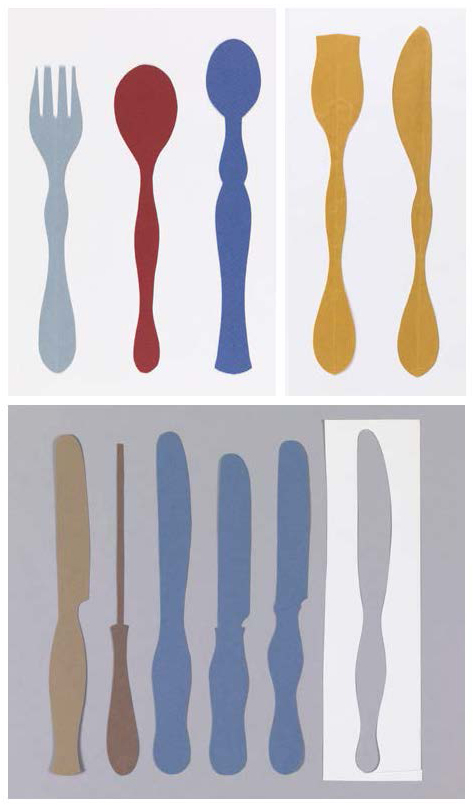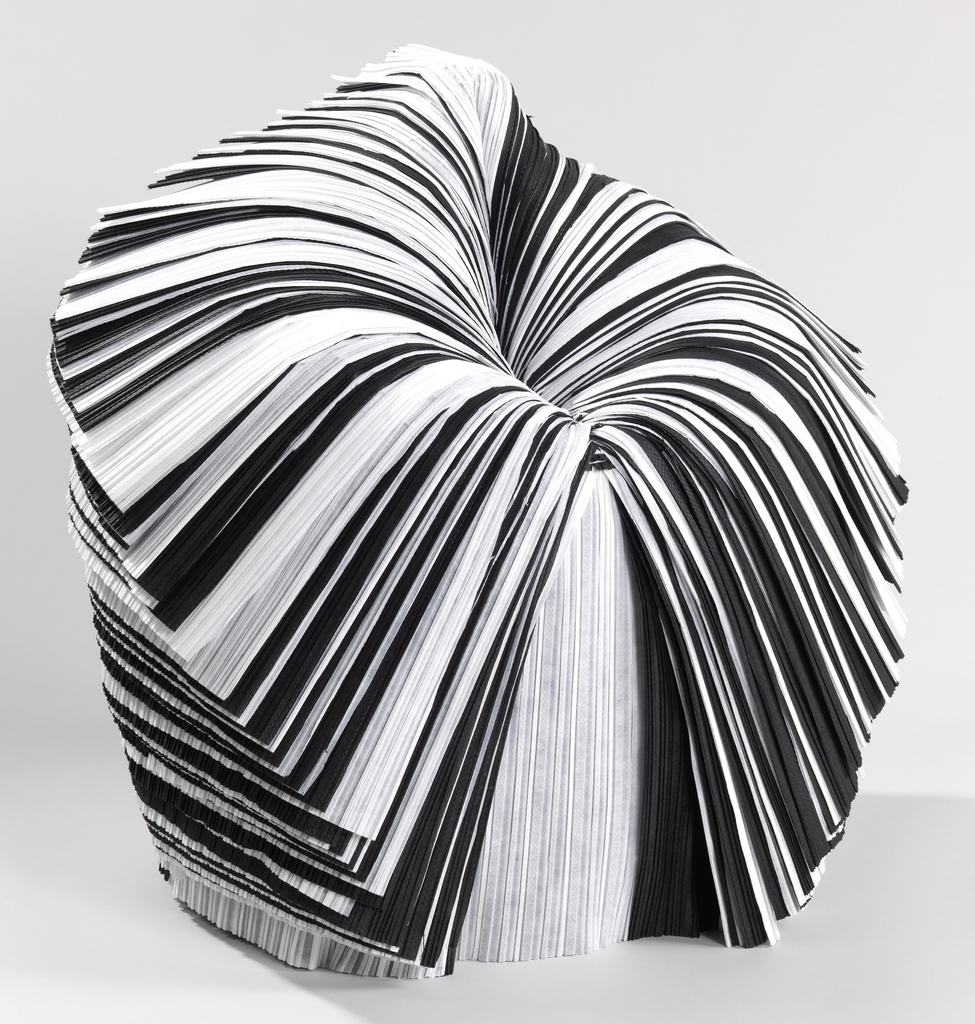While many film and theater posters entice viewers with direct eye contact and a strong emotional connection, others build tension by denying that basic human satisfaction. The giant brimmed hat featured in Waldemar Swierzy’s 1973 film poster for Midnight Cowboy hides the character’s eyes. The portrait focuses our attention on the man’s full, ripe lips while...
At once casual and precise, these preparatory drawings by Eric Daniels (top) and John Benjamin Filson (bottom) reveal the task of integrating complex components into a unit that sits seamlessly against the wall. The Nest Learning Thermostat brings advanced interaction design to a basic home device. The rotating interface recalls the classic design of Henry...
Born in Hungary in 1906, Eva Zeisel endured two world wars and the Soviet revolution. She spent sixteen months in a Russian prison and escaped Nazi persecution before emigrating to the U.S. in 1938. Best known for her ceramics, Zeisel called herself a modernist with a “little m.” She rejected doctrinaire geometries in favor of...
Pioneering industrial designer Henry Dreyfuss believed that products should be fit to people, not the other way around. His 1955 book Designing for People explains his design philosophy to a general audience. Handles, controls, and other points of contact between people and machines should be obvious to use, not artfully hidden away. Below, hear Dreyfuss...
For much of the twentieth century, telephones were standard issue, designed for durability and function rather than consumer appeal. After 1953, color transformed the telephone from a basic technology into an alluring consumer product. AT&T ran ad campaigns encouraging women to see the phone as an element of home decoration. What if new phone models...
Henry Dreyfuss’s earlier Model 302 was a beautiful sculptural object, but it had usability problems. The triangular profile of the handset caused the device to turn when cradled against the shoulder—the design didn’t account for people’s intuitive desire to talk hands-free. Dreyfuss addressed this issue with the Model 500, introduced in 1949. To create the...
In the 1930s, Bell Labs asked Henry Dreyfuss to create a new telephone set, to be used across AT&T’s vast phone system. Dreyfuss was a young man and an emerging voice in the field of industrial design. Designers including Dreyfuss, Raymond Loewy, and Walter Dorwin Teague were reinventing the point of contact between people and...
From the moment Massimo Vignelli started his career in Italy in the mid-1950s, he forged a rigorous philosophy that transformed the international language of design for print, products, and environments. Over the decades, debates about design’s cultural function bubbled and boiled around him. Confronting the upheavals of Pop, post-modernism, deconstruction, and the digital age, Massimo...
The Cabbage chair was created for an exhibition organized in Japan by Issey Miyake, who challenged his contemporaries to conceive of new products for the twenty-first-century. What types of furniture and objects are appropriate, Miyake asked, for people who “don’t just wear clothes, but shed their skin?” He invited Oki Sato of Nendo to find...








